Mosses, Liverworts, and Lichens
Media
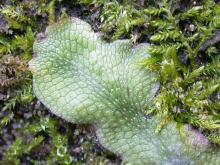
Species Types
Scientific Name
About 112 species in Missouri
Description
Liverworts, along with mosses, make forest floors, streamsides, and spring openings beautiful. They’re fascinating but overlooked.
Media
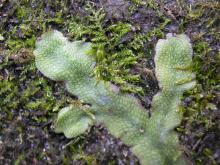
Species Types
Scientific Name
Conocephalum salebrosum (formerly C. conicum)
Description
Snakeskin liverwort looks like large, flattened, irregular, overlapping straps. The surface is covered with polygon-shaped air pores, giving it a bubbly appearance similar to snakeskin. Look for it along streams, springs, and the moist bases of bluffs.
Media
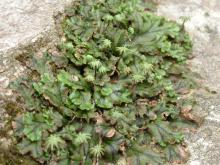
Species Types
Scientific Name
Marchantia polymorpha
Description
Umbrella liverwort is the most famous liverwort in the world. It grows in green ribbons and is very common on the soil of potted plants. It typically forms cuplike gemmae on its upper surface. Its palm-tree-shaped archegona are distinctive, too.
Media
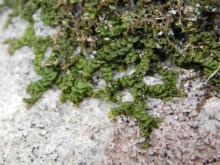
Species Types
Scientific Name
Porella spp.
Description
Porella liverworts are fairly common in Missouri, but few people recognize them when they see one. These scaleworts are some of our many species of leafy liverworts — small, mosslike plants that form traceries on rocks or trees.
Media
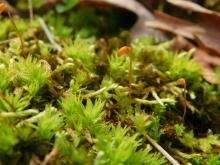
Species Types
Scientific Name
Approximately 315 species and varieties in Missouri
Description
Mosses are small, low plants that form cushions or carpets, usually in damp places. They lack veinlike structures and do not produce flowers or seeds. They release spores from tiny capsules that usually arise on thin stalks.
See Also
About Mosses, Liverworts, and Lichens in Missouri
Mosses, liverworts, hornworts, and lichens seem rather similar, but these organisms are in very different groups. Mosses, liverworts, and hornworts are small, low plants usually found in damp habitats. Unlike more familiar plants, they lack veinlike structures and do not produce flowers or seeds — instead, they produce spores. Meanwhile, lichens are not plants at all: they are a collection of different fungi that have photosynthetic algae living within their tissues.





















